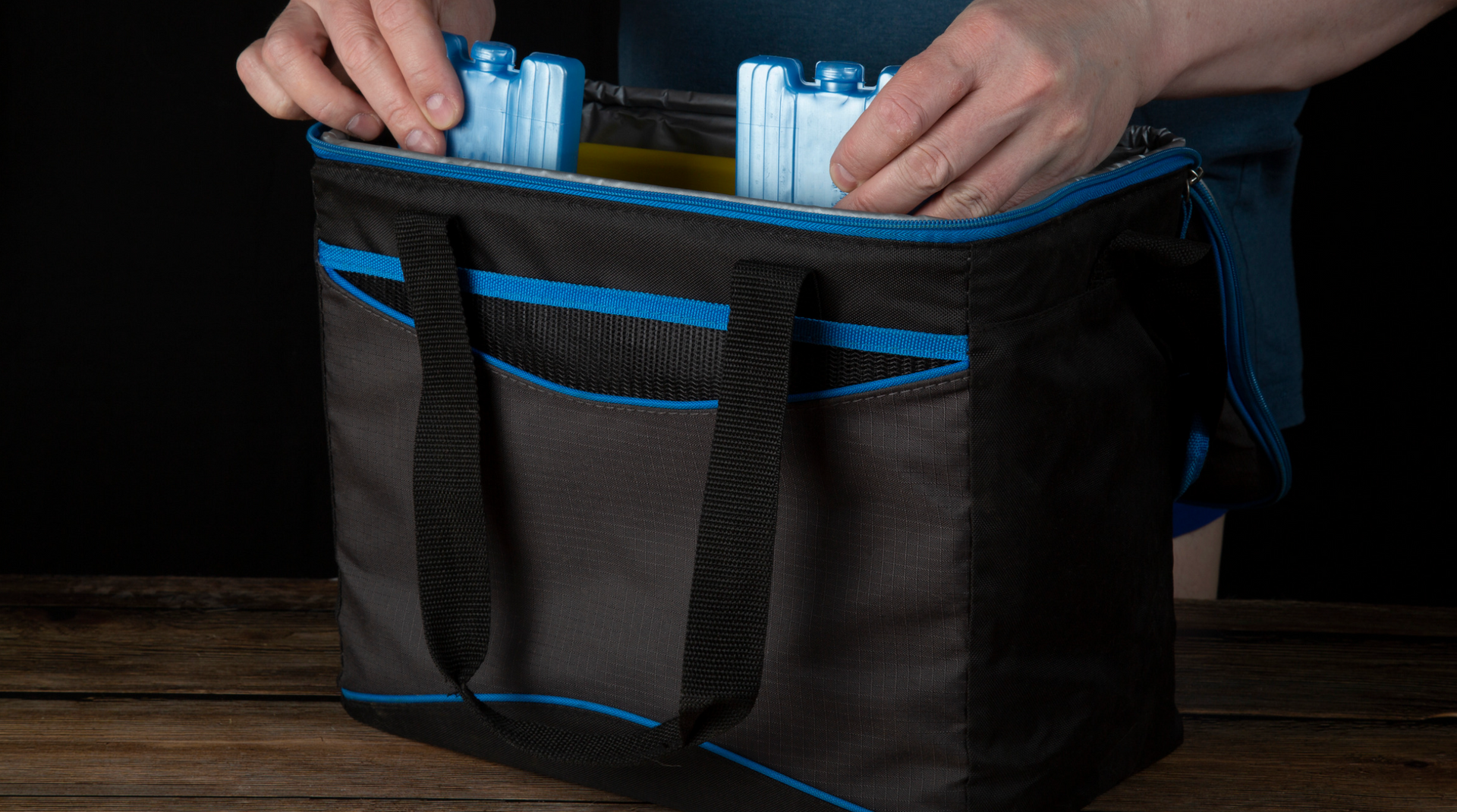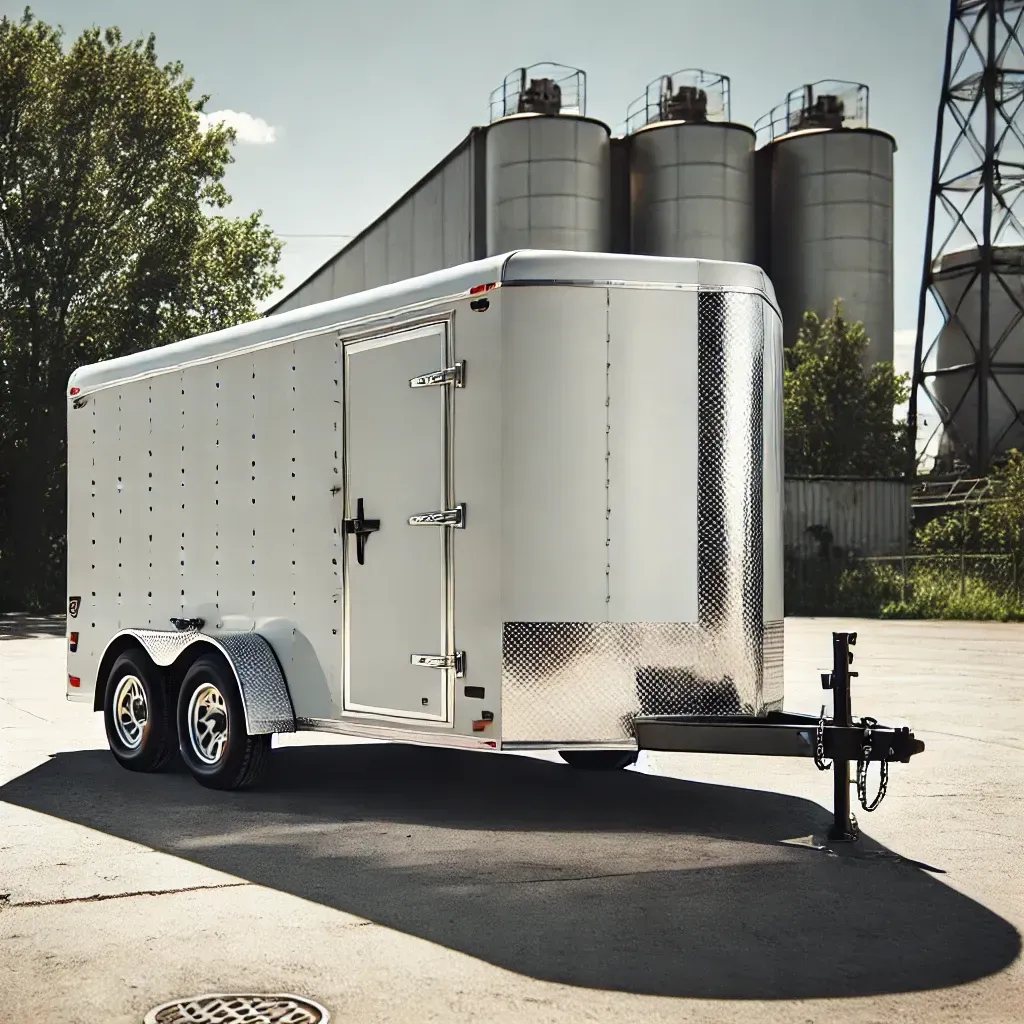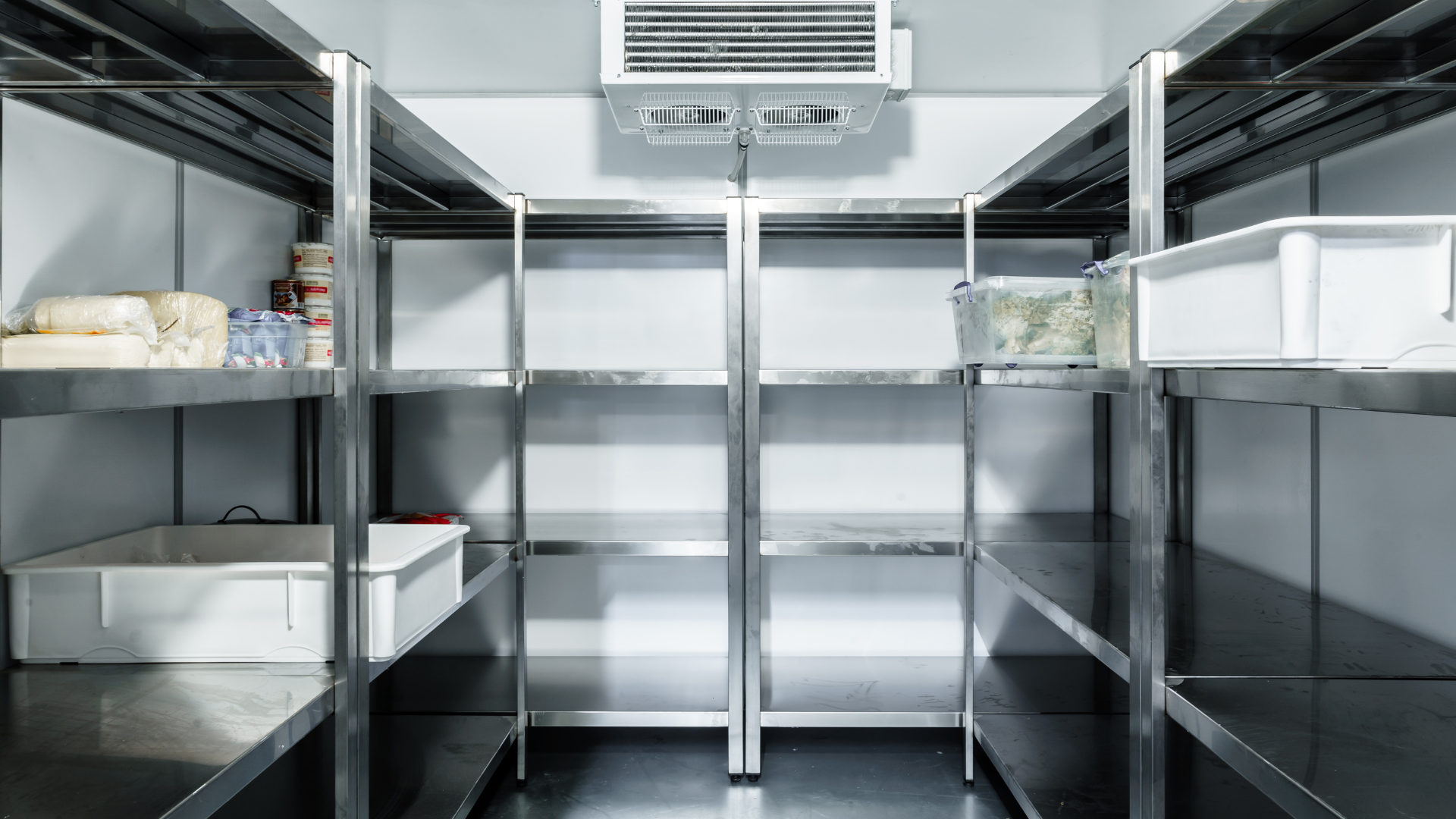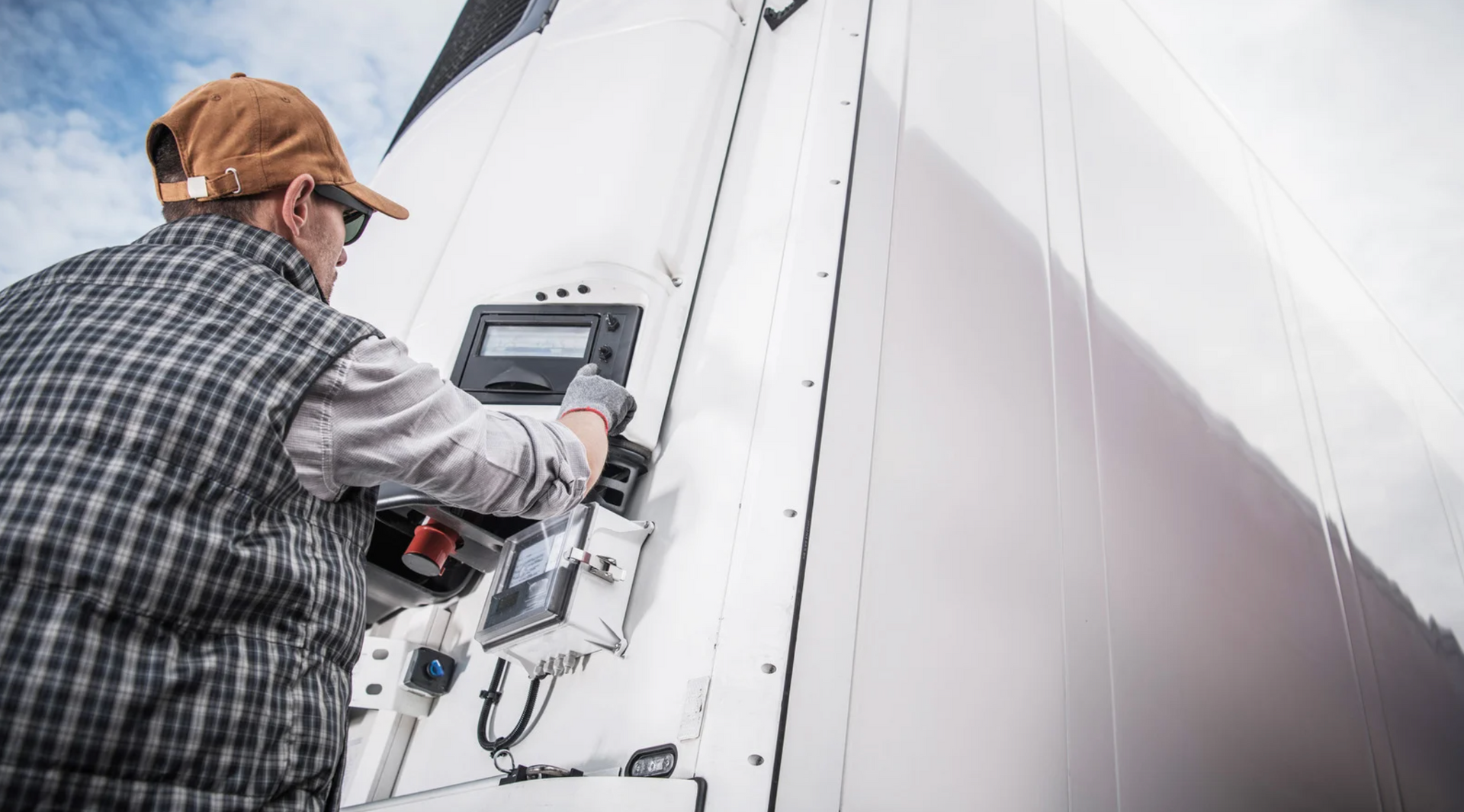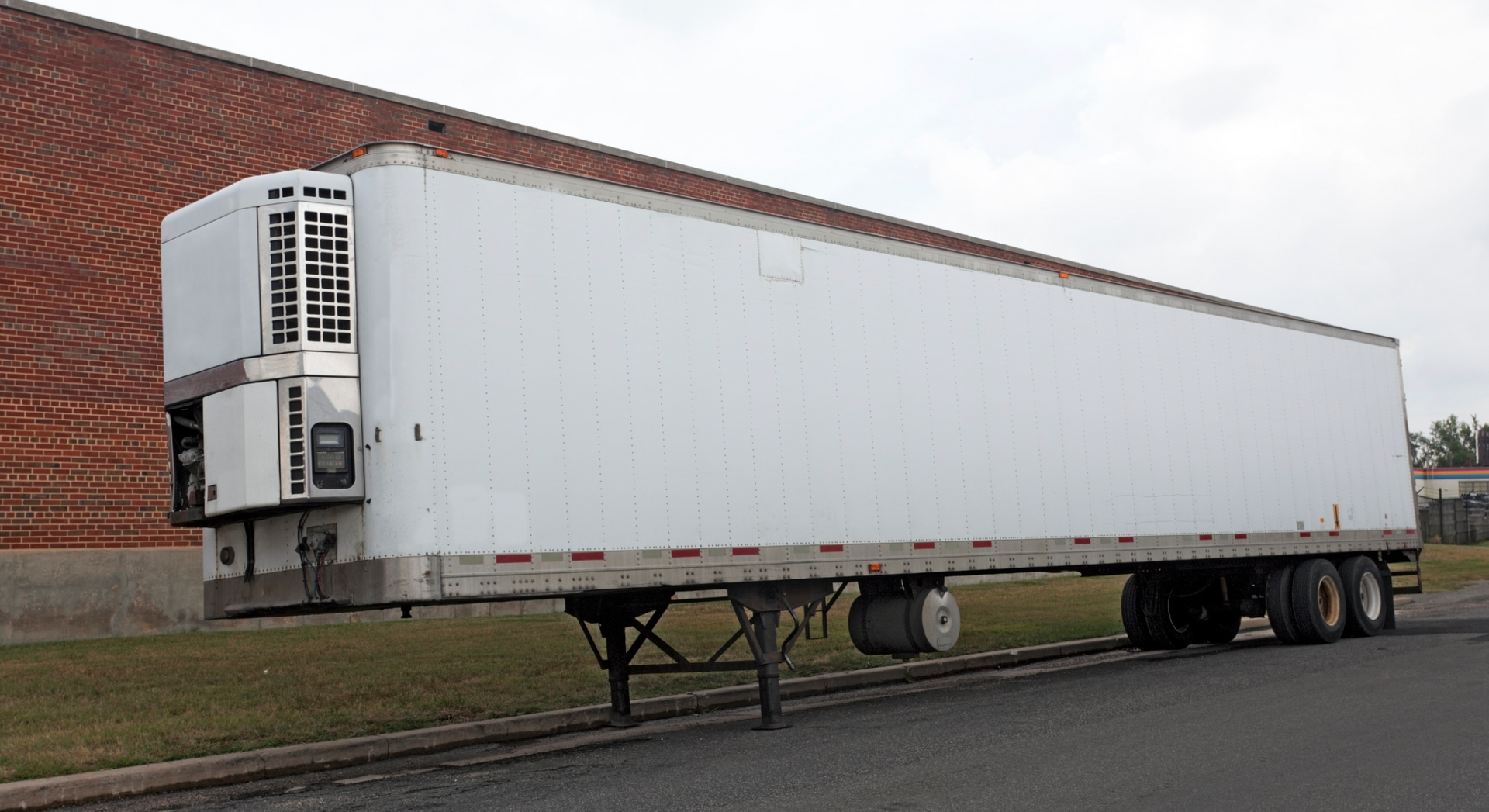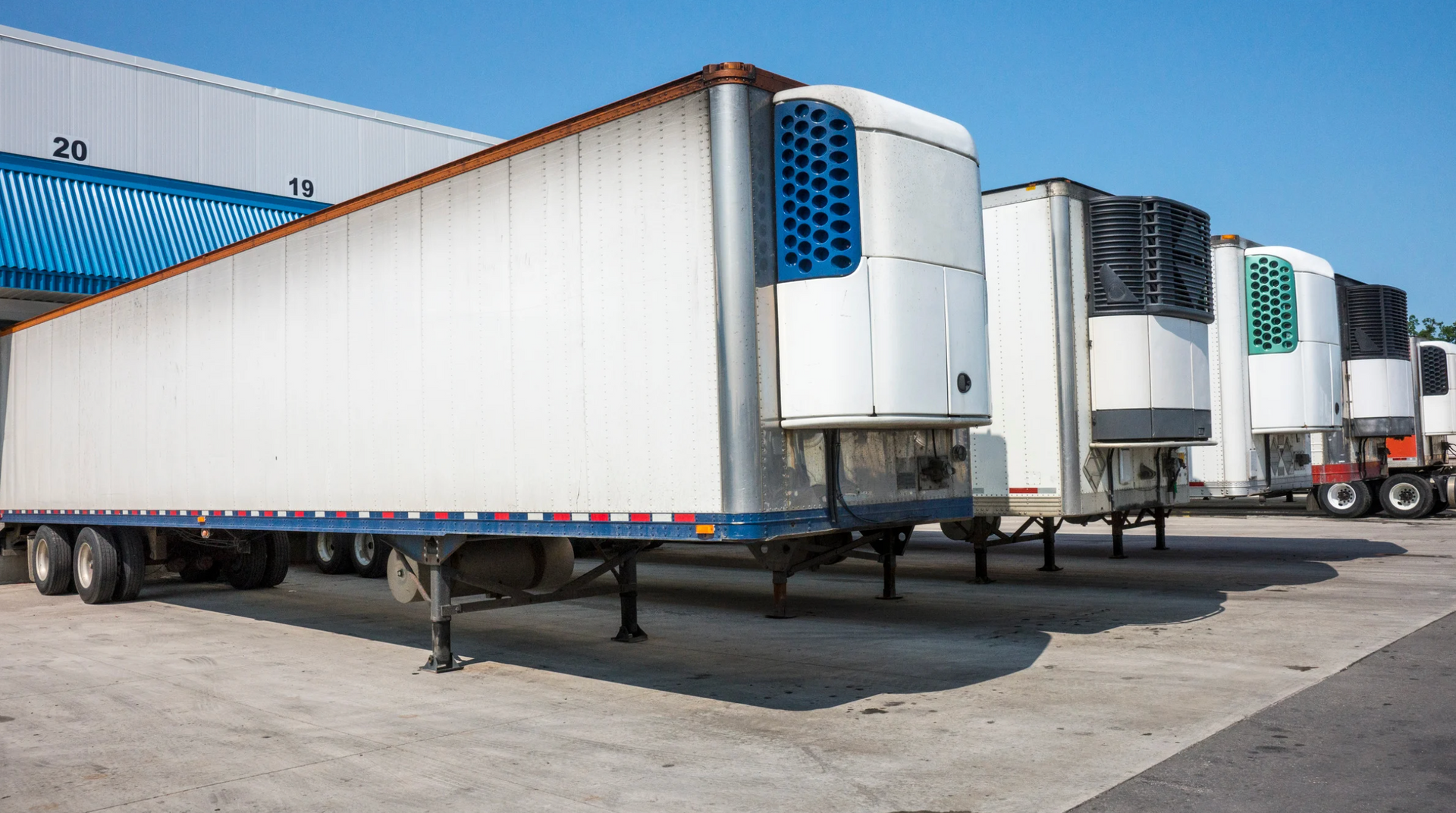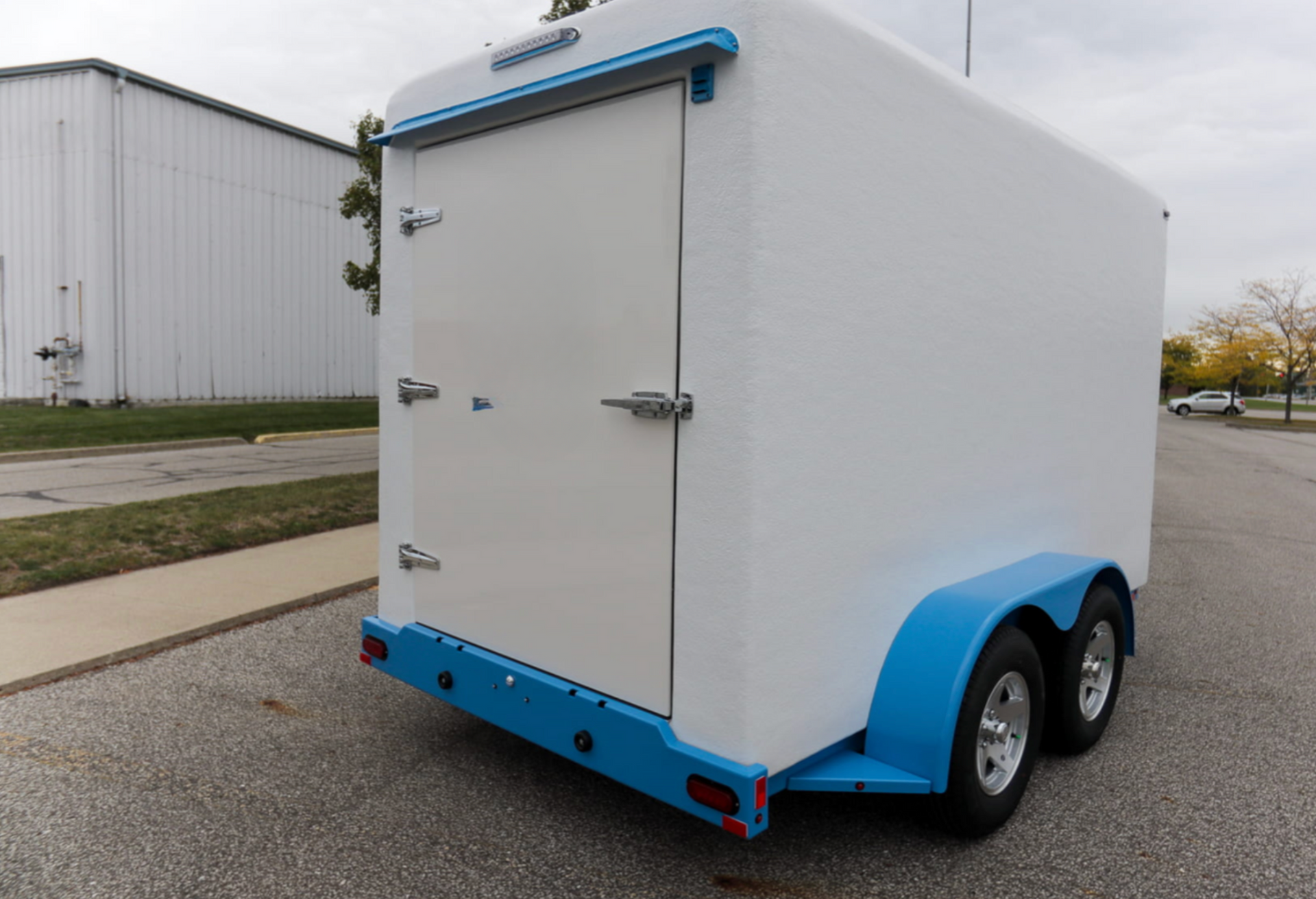What Size Refrigerated Trailer Do You Need? A Comprehensive Guide
Imagine your business is booming. Orders for fresh food are pouring in, or maybe your farm just had a huge harvest. Now you need to move these perishable goods, fast and cold. The right refrigerated trailer keeps your products safe. Choosing the wrong size, though, can spoil your efforts and your goods.
Pick a trailer that's too small, and you'll jam-pack everything. This means bad airflow and uneven cooling, which can ruin your delicate items. Go too big, and you're paying for empty space, wasting fuel and money. This guide helps you pick the perfect refrigerated trailer size. You'll learn the key things to look for, different trailer types, and smart tips. Let's make sure your goods stay perfectly chilled.
Understanding Your Storage and Transport Needs
Before you even glance at trailer specs, you need to know your own business inside and out. It's like planning a trip; you figure out where you're going before you pick a car. Asking yourself a few basic questions will save you a lot of trouble later. This helps you get a clear picture of what kind of mobile cold storage you actually require.
How Much Product Will You Be Storing/Transporting?
This is the big question. You need to know how much stuff you're moving. Start by measuring your products. If you sell catering trays, measure a tray. Then, figure out how many trays you'll typically load. Multiply length, width, and height for your items to get a rough volume.
Don't forget the weight, too. Heavy items mean you need a trailer with a strong payload capacity. For example, a pallet of bottled drinks weighs much more than a pallet of bread. Restaurant owners might estimate based on daily ingredient needs. Farmers can count bushels or crates. A standard pallet often measures 40 inches by 48 inches. Knowing these numbers helps you plan your space.
What Types of Products Will You Haul?
The kind of goods you move changes everything. Are you hauling big, bulky items like meat carcasses? Or small, individually packaged desserts? Bulk items might just be stacked. Small packages might need shelves or specific bins.
Some foods need more space for air to flow around them. Delicate flowers need careful stacking to avoid crushing. You also need to think about temperature. Frozen items and fresh produce often need different cold settings. You can't mix raw fish with delicate pastries without risking smells or cross-contamination. Imagine fitting bulk potatoes versus boxes of frozen pizzas. Each needs a different approach to packing and space.
What is Your Typical Load Frequency and Duration?
How often do you make trips? And how long do those trips last? If you do many short, local runs, a smaller, easier-to-handle refrigerated trailer might be best. It's simpler to park and drive in tight city spots.
For longer trips or fewer, larger deliveries, you'll want more space. A bigger trailer means fewer trips, saving you time and fuel. Also, think about loading and unloading. If it takes a long time to pack and unpack, that impacts how often you can use your trailer. Efficient loading methods help keep your schedule on track.
Key Factors to Consider When Sizing a Refrigerated Trailer
Now we're getting into the nitty-gritty. These factors directly affect the actual size and power of the refrigerated trailer you'll choose. Understanding them means you're closer to making a smart decision. Pay attention to these details for real cold storage power.
Cubic Footage (Volume)
Cubic footage tells you how much space is inside the trailer. It's the total amount of "stuff" you can fit. For example, a small trailer might offer 200-300 cubic feet. Larger ones can go up to 3,500 cubic feet or more. Think about your estimated product volume from earlier.
Always add a little extra room, say 10% to 20%. This buffer space is important. It accounts for odd-sized packaging, the need for proper airflow around your products, and any future growth in your business. You don't want to pack your trailer to the brim; that leads to cooling problems.
Payload Capacity (Weight)
Payload capacity means how much weight the trailer can safely carry. This is super important for safety and to follow road laws. You must calculate the total weight of everything going in. This includes your products, the pallets they sit on, and any shelving or equipment inside the trailer.
Exceeding the payload limit can lead to accidents and fines. It also wears out your trailer and tow vehicle faster. Small refrigerated trailers might have a GVWR (Gross Vehicle Weight Rating) of 7,000 lbs. Big commercial trailers can handle over 80,000 lbs. "Always weigh your load," advises a logistics expert. "It's not just about space, it's about stability and legal limits."
Pallet Count and Loading Configuration
How you arrange items inside matters a lot. Standard pallets are usually 40 inches by 48 inches. The width and length of your trailer directly affect how many pallets you can fit side-by-side or end-to-end. A trailer that's just a few inches wider can often fit an extra row of pallets.
This makes a huge difference in your hauling power. You can load pallets in a single row down the middle, or in a double-row if the trailer is wide enough. Some use a nose-to-tail setup for long items. Knowing your pallet needs helps you visualize the space. For instance, a trailer slightly wider might fit two pallets side-by-side, instead of just one, boosting your hauling ability greatly.
Temperature Requirements and Airflow
Keeping a steady cold temperature is the main job of a refrigerated trailer. Good airflow is key to this. It stops "hot spots" where product might spoil. Overloading a trailer, or stacking items too tightly, blocks this crucial air circulation.
Imagine trying to cool a packed fridge with no room for air to move. It just won't work well. Look for trailers with T-bar flooring; it lifts products slightly, letting air flow underneath. Bulkheads also help direct air where it's needed most. Make sure you leave some space around the refrigeration unit itself and between product loads. This helps the unit work its best.
Common Refrigerated Trailer Sizes and Their Applications
Let's look at real-world examples of refrigerated trailers. Different sizes serve different businesses. Finding the right fit means matching your needs to what's available.
Small Refrigerated Trailers (e.g., 8ft - 16ft)
These smaller units are perfect for local, close-to-home jobs. They typically offer about 100 to 500 cubic feet of space. Think local caterers needing to keep food fresh for an event. Or small farmers selling their produce at a farmers' market. Flower shops use them to transport delicate blooms.
Bakeries might use them for moving cakes and pastries. Small trailers are easy to tow and park, even in tight city spots. A mobile ice cream vendor often uses an 8-foot trailer to keep their treats frozen all day. They are quick to hook up and get on the road.
Medium Refrigerated Trailers (e.g., 20ft - 28ft)
Medium refrigerated trailers hit a sweet spot for many growing businesses. They offer a good balance of space and easy handling, usually providing 800 to 1,500 cubic feet. They're popular with mid-sized restaurants that need daily ingredient deliveries. Food distributors moving goods between warehouses often pick this size.
Small event venues might use them for temporary cold storage. Dairies find them useful for moving milk and cheese. These trailers are big enough for substantial loads but still maneuverable enough for most delivery routes. They provide plenty of room without being overly cumbersome.
Large Refrigerated Trailers (e.g., 40ft - 53ft)
When you need serious cold storage, large trailers are the answer. They usually have 2,500 to 3,500+ cubic feet. These are the giants you see on highways. They're ideal for large-scale food manufacturers moving products across states. Grocery store distribution centers rely on them to stock multiple stores.
Long-haul produce transport, like moving fruits from California to New York, uses these big rigs. Pharmaceutical companies, with their sensitive medicines, also use them. Hauling bigger loads means fewer trips, which saves a lot of money on fuel and labor over long distances. Most long-haul trucks use 53-foot trailers.
Specialized Refrigerated Trailer Options
Beyond standard sizes, there are special designs for specific jobs. These features can solve unique transport problems, making your operations smoother. Consider these options if your needs are out of the ordinary.
Multi-Temp Trailers
Do you need to move frozen goods, fresh produce, and maybe some dry items all at once? Multi-temp trailers are your best bet. These trailers have walls inside that divide the space into different zones. Each zone has its own temperature control. So, one section can be freezing cold for ice cream. Another can be cool for vegetables.
These are great for grocery stores carrying dairy, meat, and frozen items in one go. Food service companies also use them to deliver varied orders to restaurants. Think about if your business could benefit from carrying mixed loads. It can save you from needing multiple trailers or making separate trips.
Roll-Up Doors vs. Swing Doors
The type of door on your trailer can affect how you load and unload. Roll-up doors slide up, out of the way. They're great for quick access in tight spots, like busy loading docks. They don't need extra space for doors to swing open.
Swing doors, on the other hand, open out wide like regular doors. They offer a better seal, which helps keep the cold air in. They also usually allow for a wider opening, making it easier to load large items. However, they need more space around the trailer to open fully. Think about your loading area when making this choice.
Trailer Features for Optimal Performance
Good insulation is vital for a refrigerated trailer. It keeps the cold in and the heat out. Better insulation means your refrigeration unit works less, saving fuel and energy. The refrigeration unit itself needs to be powerful enough for your needs. It should handle the warmest outside temperatures you'll encounter.
Inside, look for T-bar flooring to ensure good airflow. Interior lights are super helpful for loading and unloading in the dark. Some trailers also offer shelving or racking systems. These can organize your products, prevent shifting, and make the most of your internal space. Each feature adds to the trailer's overall efficiency.
Making the Final Decision and Next Steps
You've learned a lot about refrigerated trailers. Now it's time to put that knowledge to work. The last steps involve deciding how to get your trailer and who to talk to. This part is about turning your research into action.
Renting vs. Buying a Refrigerated Trailer
This is a big question for many businesses. Renting a refrigerated trailer is smart for short-term projects or seasonal needs. Maybe you just need extra cold storage during the holidays. It costs less upfront and includes maintenance. Buying is better for long-term, steady use. Owning gives you full control and can be more cost-effective over many years.
Create a clear budget. Don't just think about the trailer's price. Factor in fuel, regular maintenance, and insurance costs. Renting might seem more expensive per day, but it avoids those extra ownership costs. Buying is a larger investment but builds equity.
Consulting with Experts
You don't have to figure all this out alone. Talking to the pros can save you from costly mistakes. Reach out to refrigerated trailer manufacturers. They know their products inside and out. Rental companies can also offer advice, especially on what sizes are popular for different jobs.
"Many businesses pick a trailer based on what's available, not what they actually need," says a trailer specialist. "Always talk to us first; we can help avoid common oversights like underestimating payload or airflow needs." Logistics consultants can also give you unbiased advice on your entire transport system.
Final Checklist Before Purchase/Rental
Before you sign any papers, do a quick review. Did you accurately figure out your product volume and weight? Have you considered the types of products and their unique needs? Is the trailer's temperature range right for your goods? Think about how you'll load it, including pallet count. Finally, make sure the price fits your budget, including all operating costs. Always try to see the trailer in person. Give it a good look inside and out to make sure it's up to par.
Ready to Choose Your Trailer?
Choosing the right refrigerated trailer size is vital for your business. It's not just about space; it’s about keeping your products safe and fresh. The correct size means your operations run smoothly and you save money. You avoid overcrowding that spoils goods and wasted space that costs you extra.
Remember to fully assess your needs first. Know your product volume, weight, and type. Understand key specs like cubic footage and payload capacity. Pay attention to how your products will be loaded and their specific temperature needs. Don't be afraid to ask experts for advice. Use this guide to confidently pick your next refrigerated trailer. Your perishable goods will arrive at their destination in perfect condition, every time.
Prevent Costly Sizing Mistakes
Get a free, no-obligation consultation with our experts to find your perfect fit.

